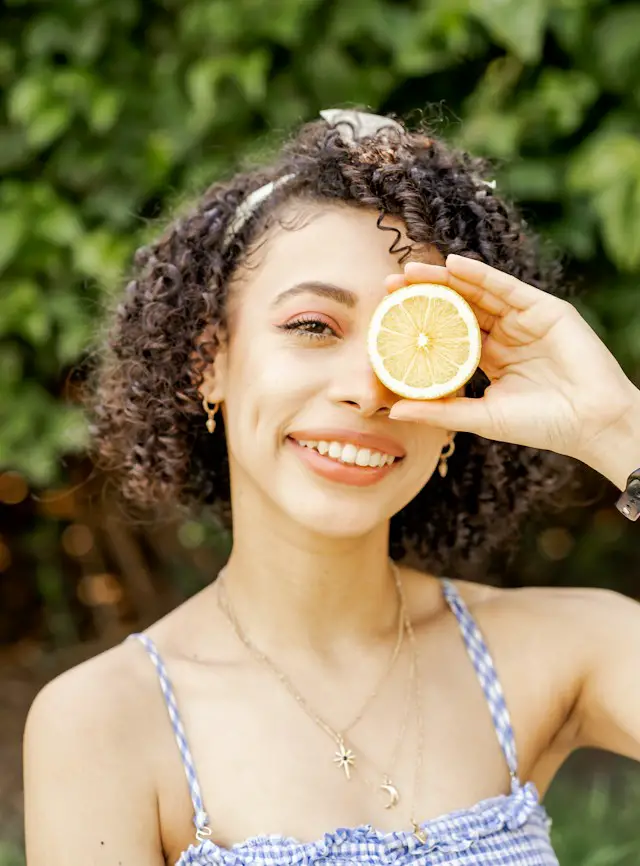In the world of fragrances, perfume layering is akin to a form of alchemy. It’s an age-old technique that savvy scent aficionados have heralded for its ability to create a customized, complex aroma that truly reflects the wearer’s personality and mood. Now more than ever, with the abundance of choices and the growing trend towards personalization, understanding how to skillfully layer perfumes can elevate your scent game to a whole new level.
What is Perfume Layering?
Simply put, perfume layering involves applying two or more fragrances on top of each other to create a unique, multifaceted scent. This can mean combining perfumes, mixing lotions with sprays, or even incorporating scented body washes into your routine. The goal is to blend complementary scents to enhance their beauty and create something entirely new and personal.
Why Layer Perfumes?
Aside from the obvious lure of having a bespoke scent, layering perfumes allows for versatility and adaptability in your fragrance wardrobe. You can adjust your scent to match the season, occasion, or even your mood. Layering also offers the opportunity to breathe new life into fragrances that sit unused on your shelf, providing them with a fresh context and renewed allure.
Getting Started: Understanding Fragrance Notes
Before diving into the art of layering, it’s essential to understand the concept of top, middle, and base notes in perfumery. A well-crafted perfume unfolds in layers over time:
- Top notes are the initial, often lighter scents that you smell right after application. They are usually the first to evaporate.
- Middle notes or “heart notes,” make up the body of the scent and emerge just before the top notes dissipate.
- Base notes are the foundation of the fragrance. They linger the longest and blend with the heart notes to create the perfume’s lasting impression.
Knowing these can help you better anticipate how layered scents will evolve and mingle over time.
Basic Techniques for Perfume Layering
Start Light
When beginning your layering journey, it’s wise to start with lighter scents to avoid overwhelming your senses. Citrus, aquatic, and green notes make excellent bases for layering, as they’re invigorating yet not overbearing.
Find Complementary Families
Fragrances can be categorized into families such as floral, oriental, woody, and fresh. As a general rule, scents within the same family layer well together. For a more adventurous approach, consider combining across families: a floral with a citrus for a fresh, lively scent, or a woody base with a hint of oriental spice to add warmth and depth.
Layer Different Products

Perfume layering doesn’t only mean applying multiple sprays. It can also involve using a scented body lotion as a base and adding a spray of perfume on top. This not only helps your fragrance last longer but can also result in a more subtle, integrated scent experience.
Adjust the Intensity
It’s critical to balance the intensity of the fragrances being layered. Pair a stronger, more dominant scent with a lighter one to avoid one overpowering the other. This balance ensures that the resulting fragrance is harmonious rather than chaotic.
Experiment
The beauty of perfume layering lies in the personal experience. What works for one may not delight another. Use your intuition and personal preference as a guide, and don’t be afraid to experiment with unexpected combinations. Remember, the goal is to create a scent that is uniquely yours.
Tips to Enhance Your Layering Experience
- Apply heavier scents first: Since they last longer, applying the stronger, base-note-heavy scents first allows the lighter scents to ride on top without being obscured as the fragrance evolves.
- Consider the application point: Applying different scents to different pulse points can create a more subtle, nuanced fragrance experience that evolves as you move.
- Let each layer dry: Give each fragrance time to dry down and meld with your skin before adding the next layer. This prevents the scents from muddling together right on application, allowing for a clearer, more defined layered scent.
- Keep a fragrance journal: Documenting your layering experiments, including the scents used, their concentration, and the final result, can be incredibly helpful. It allows you to refine your technique and remember successful combinations.




